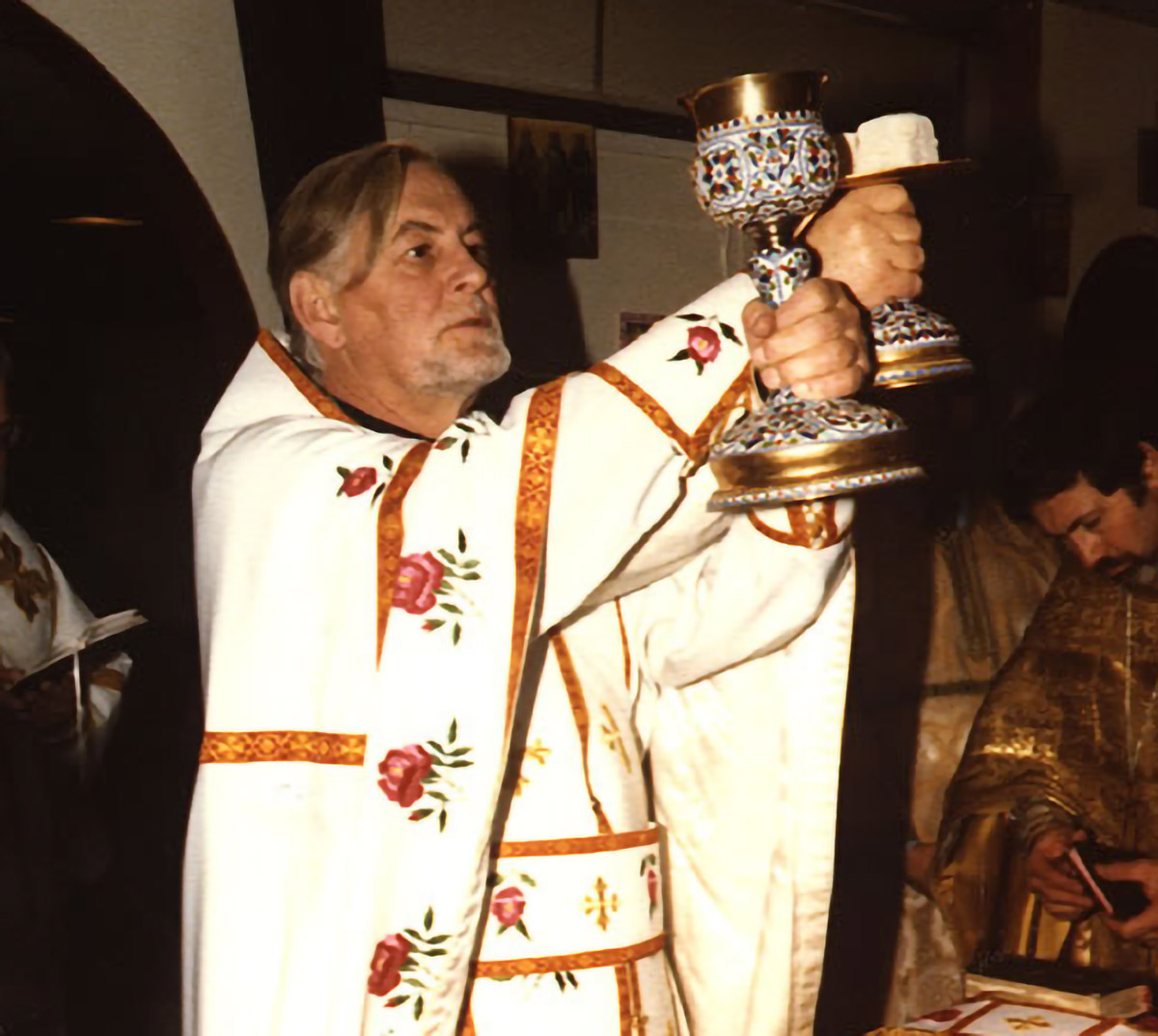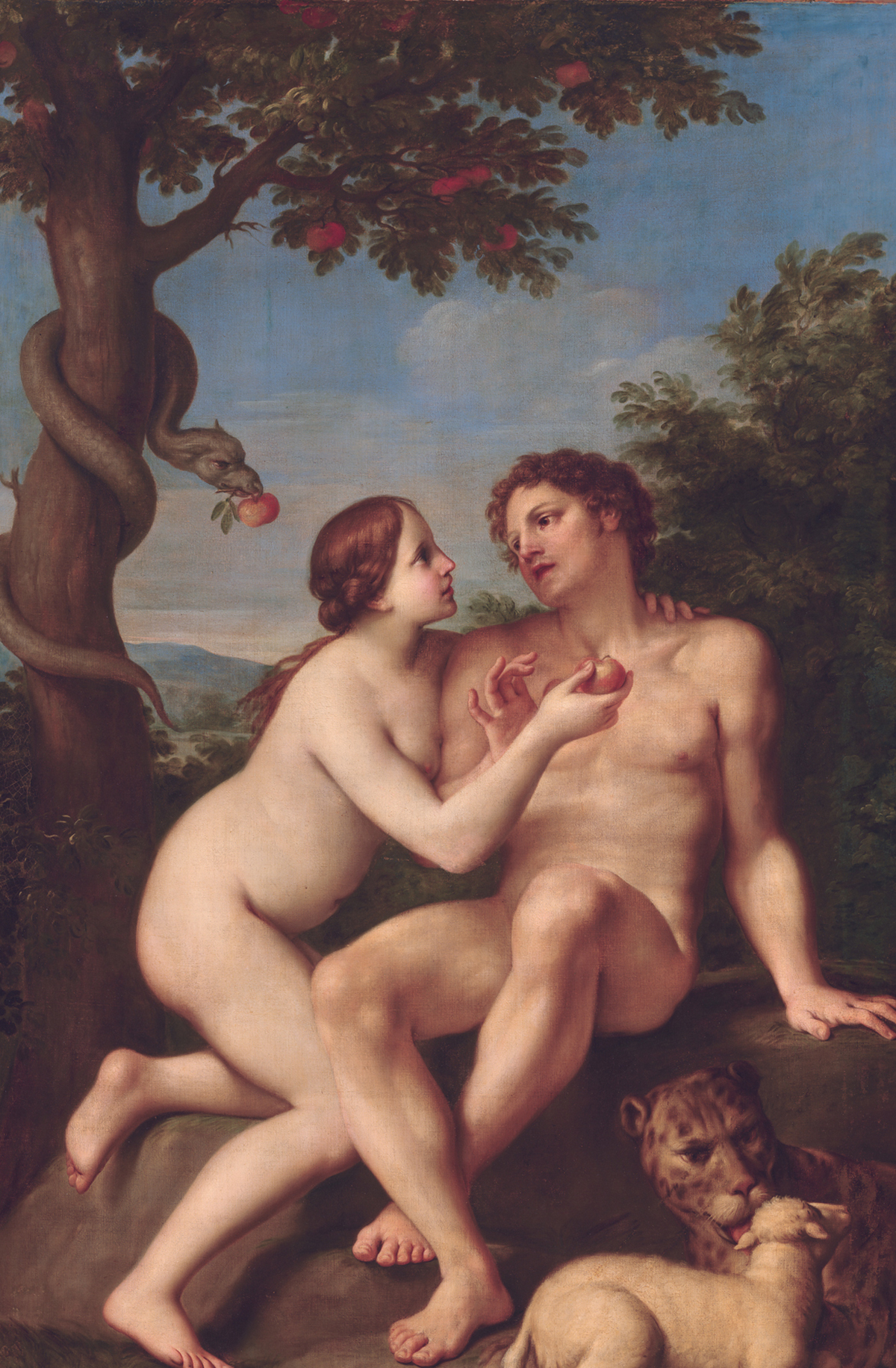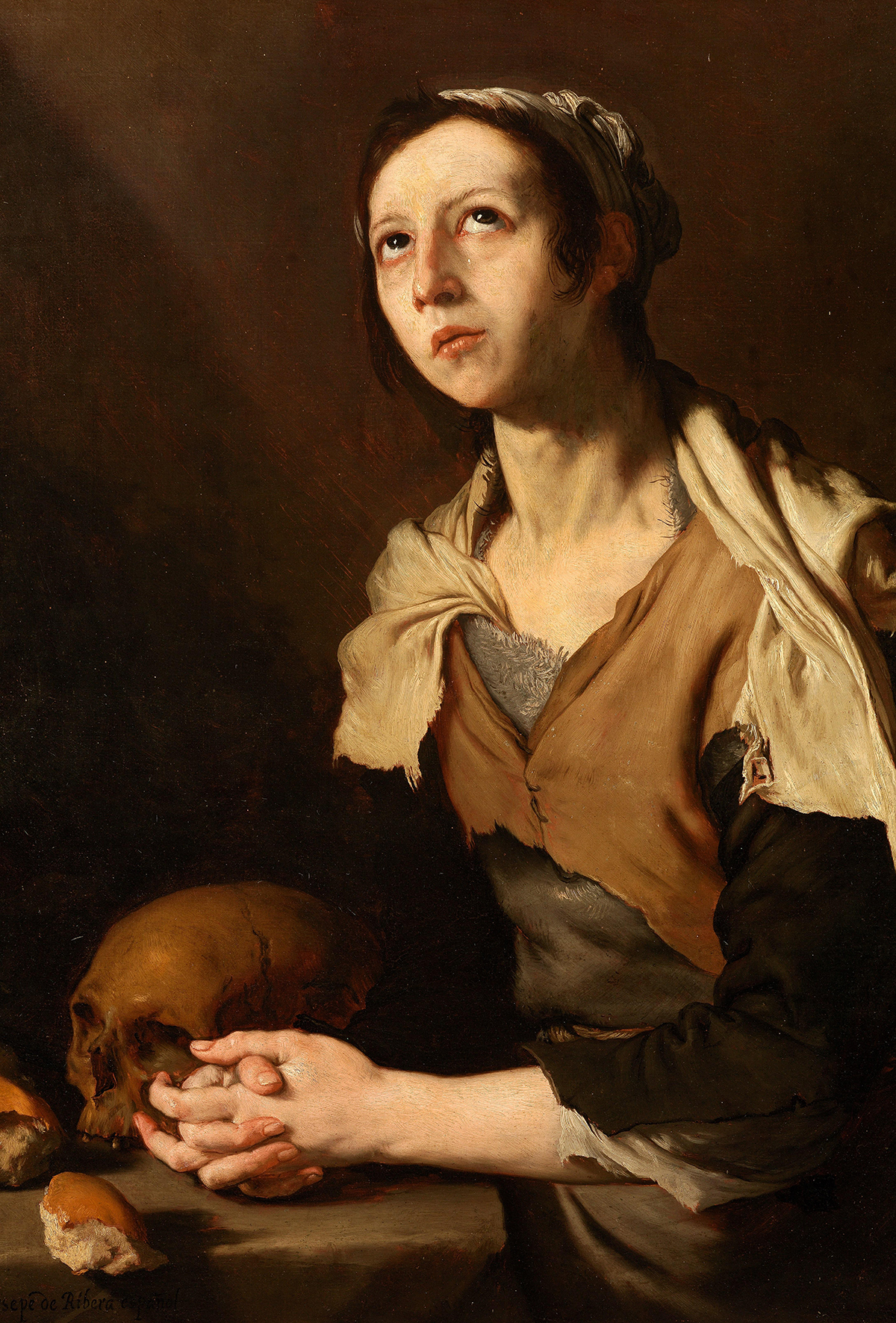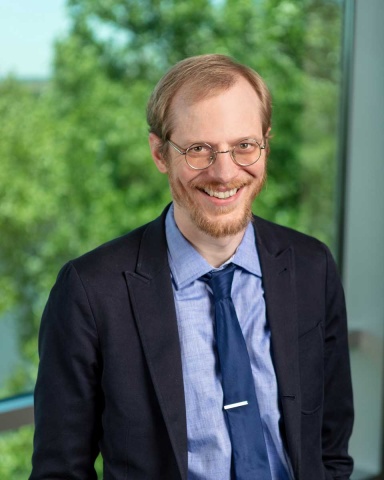If there’s one scholarly contribution to Christian social thought of contemporary Eastern Orthodox Christianity that is known to both clergy and laity, and even among Western Christians, it’s our “liturgical theology.” Yet in his 1914 book, The Pillar and Ground of the Truth, Fr. Pavel Florensky observed that “liturgical theology awaits its creator.” Additionally, Fr. Andrew Louth describes Florensky’s friend Fr. Sergei Bulgakov as “a liturgical theologian, not in the sense that he writes about the liturgy, but that he writes out of the liturgy.” Yet Bulgakov’s more controversial teachings have often overshadowed this aspect of his theology. How did Orthodox liturgical theology go from Florensky’s aspiration, to Bulgakov’s obscurity, to mainstream?
Christians are called to feast on God so they may be ready to pursue their vocations and serve their neighbors. That often requires an ascetic discipline that is in conflict with Western abundance.
According to Louth, “‘Liturgical theology’ is a relatively new concept and it is, I think, pretty well universally agreed that the very notion of ‘liturgical theology’ is closely associated with the name of Fr Alexander Schmemann.” In fact, Schmemann studied under Bulgakov at the St. Sergius Orthodox Theological Institute in Paris, so perhaps the roots of liturgical theology do stretch back to Fr. Sergei. In any case, Louth continues, “Liturgical theology is theology that springs from the liturgy, that is implicit in the liturgical worship of the Church, above all the celebration of the Eucharist, but stretching beyond that to encompass the daily offices of the Church, the sacramental rites, and also the structure of the liturgical day, week, year.”
Orthodox “eucharistic ecclesiology” developed out of liturgical theology. Once again, Louth provides a clear summary:
It is the Eucharist that makes the Church, for the Church is, in essence, the eucharistic assembly, gathered together, under the bishop, to proclaim Christ’s death and rejoice in his risen presence with his people. In each eucharistic assembly the whole church is present, is instantiated in the celebration of the Eucharist under the bishop.
In this description, we find every element of St. Ignatius of Antioch’s understanding of “the Catholic Church” except for one: “concern for widows or orphans, for the oppressed, for those in prison or released, for the hungry or the thirsty.”

While I’m not an expert in liturgical theology, I have a theory that might explain this neglect: the separation of the sacramental aspect of liturgy from asceticism. If one only reads Schmemann’s For the Life of the World, one might be tempted to blame him. Even Louth, who clearly has read widely from Schmemann’s works, comments, “The criticisms [of Schmemann] that strike me as most important are related: his rejection of what he calls mysteriological piety, which, on investigation, disposes of a good deal of Orthodox liturgical reflection over the centuries, and what I think we could call his distaste for monasticism.” However, as we’ll see, Schmemann does duly attend to the connection between the sacraments and asceticism in his Great Lent, and together with For the Life of the World—along with some “mysteriological piety”—we will see how the necessarily sacramental and ascetic nature of Orthodox liturgical life constitutes a great contribution toward modern Orthodox Christian social thought today, highlighting the necessity of the kingdom of God for the common good in the city of man.
Schmemann wrote For the Life of the World to explain for students “the Christian ‘world view’ … that stems from the liturgical experience of the Orthodox Church.” He contrasted the liturgical worldview of Orthodoxy with activists “who reduce the Church to the world and its problems” and quietists “who simply equate the world with evil.” But, he contends, “both attitudes distort … the wholeness, the catholicity of the genuine Orthodox tradition which has always affirmed both the goodness of the world for whose life God has given his only-begotten Son, and the wickedness in which the world lies.” These alternative errors form two sides of the same coin that separates the sacred from the secular. By contrast,
Honesty to the Gospel, to the whole Christian tradition, to the experience of every saint and every word of Christian liturgy demands … to live in the world seeing everything in it as a revelation of God, a sign of His presence, the joy of His coming, the call to communion with Him, the hope for fulfillment in Him.
As St. Justin Martyr put it: “To God nothing is secular, not even the world itself, for it is His workmanship.”
As for the details of this Orthodox liturgical worldview, drawing on the story of Paradise in Genesis 2, Schmemann focuses on eating: “Man is a hungry being. But he is hungry for God. Behind all the hunger of our life is God. All desire is finally a desire for Him.” As St. Augustine prayed, “Thou hast formed us for Thyself, and our hearts are restless till they find rest in Thee.” For Schmemann, all the world thus has a potentially sacramental quality: “By filling the world with this eucharist, [man] transforms his life, the one that he receives from the world, into life in God, into communion with Him. The world was created as the ‘matter,’ the material of one all-embracing eucharist, and man was created as the priest of this cosmic sacrament.” Through liturgy, the world once again becomes what God created it to be in the beginning: the means of our deification, the wedding feast of the Lamb.
Schmemann contrasted the liturgical worldview of Orthodoxy with activists 'who reduce the church to the world and its problems' and quietists 'who simply equate the world with evil.'
All this relates to our everyday, economic life. It guards us against gnosticism, which claims that the material world, and thus material wealth, is inherently evil. Second, it also guards against hedonism and greed, reshaping our consumption of the world. “It is not accidental,” writes Schmemann, “that the biblical story of the Fall is centered again on food. … Not given, not blessed by God, it was food whose eating was condemned to be communion with itself alone, and not with God. It is the image of the world loved for itself, and eating it is the image of life understood as an end in itself.” By seeing the true, sacramental nature of God’s creation, the liturgical worldview rejects both condemnation of and overindulgence in the world.
And yet, in Schmemann’s Great Lent, we see clearly that the sacramental aspect is not the whole of liturgy: “Eucharist is always preceded by [a] total fast … which for the Church constitutes a necessary condition for Holy Communion.” As he put it in For the Life of the World,
The [eucharistic] journey begins when Christians leave their homes and beds. … They have been individuals, some white, some black, some poor, some rich, they have been the “natural” world and a natural community. And now they have been called to “come together in one place,” to bring their lives, their very “world” with them and to be more than what they were: a new community with a new life.
What are we doing, then, when we leave homes and beds? Fasting, of course.
So, too, on the fifth Sunday of Lent, the Orthodox Church commemorates St. Mary of Egypt, who spent 47 years in extreme asceticism until receiving the Eucharist one final time before her death. Thankfully, most of us do not need to abstain from Holy Communion for that long. Schmemann has surely enriched our lives by successfully advocating for more frequent partaking of the Eucharist by the laity. But without giving the ascetic aspect of our liturgical worldview its due, St. Mary’s example becomes incomprehensible.
Paul Evdokimov, like Schmemann another former student at St. Sergius in Paris, writes of asceticism in ways that perfectly dovetail with Schmemann’s account of the sacraments. “From the time of Clement of Alexandria and Origen the spiritual life bears the name of asceticism,” writes Evdokimov. “This signifies diligence, training, practice. The negative asceticism of suppression is allied to the positive asceticism of acquisition and growth of charisms.” I cannot emphasize strongly enough that Orthodox Christian asceticism is not purely negative. To misunderstand this robs Lent—and all ascetic labors throughout the year—of that “bright sadness” about which Schmemann so eloquently spoke. “Everyone who has practiced it,” he writes, “knows that [an] ascetical fast”—reduction and limitation of consumption—“rather than weakening us makes us light, concentrated, sober, joyful, pure.”
All the ascetic disciplines, including fasting, have as their goal the flourishing within us of the grace we receive in the sacraments, through the cultivation of virtue, in turn preparing us to receive the sacraments again. The relationship between sacrament and asceticism is reciprocal. As baptism, the Eucharist, and all the other sacraments are rooted in Christ, so also asceticism means dying and rising with Christ daily. “Or do you not know,” asked St. Paul, “that as many of us as were baptized into Christ Jesus were baptized into His death? Therefore we were buried with Him through baptism into death, that just as Christ was raised from the dead by the glory of the Father, even so we also should walk in newness of life” (Rom. 6:3–4). The ascetic aspect of our liturgical life in Christ is precisely how we “walk in newness of life.” In that walk, we may stumble and fall. As Schmemann warned, “True fasting … will be a real fight and probably we shall fail many times.” But each time that we get up and continue again down the narrow road of repentance that leads to life, we experience a new resurrection. When we look back at the broad road that leads to death and see how far we’ve come, despite our failures, we find true joy in the presence of God that surpasses all the pleasures of the world and that can be the only foundation of true thanksgiving, i.e., Eucharist.

Occasionally, however, Schmemann does overstate his case in ways that distract from this important, ascetic reality. In combatting the false dichotomy of sacred and secular, he claims that, in the early Church, “There was no specific religious interest in the places where Jesus had lived. There were no pilgrimages.” This simply isn’t accurate. Christians built churches on “the places where Jesus had lived” as soon as they safely could. And sacred places in general clearly mattered to the early Church. According to St. Luke, after Pentecost, “Continuing daily with one accord in the temple, and breaking bread from house to house, they”—the first Christians—“ate their food with gladness and simplicity of heart, praising God and having favor with all the people” (Acts 2:46–47). Why meet “in the temple” if holy places have “no specific religious interest”? So, too, was it only coincidence that in the second century the emperor Hadrian built a pagan temple over the Holy Sepulchre? Or might it have been to dissuade Christians from gathering there? And in Rome, early Christians met in the catacombs, partly for safety but partly to be among the holy relics of the martyrs, which transfigured those places of death into places of life. I vividly saw this same phenomenon when I visited the prison at Pitesti in Romania in 2014, which is now a museum commemorating those tortured there for their faith under communism, and where the main torture room has since been converted into a chapel. The revolutionary worldview of Christianity demonstrates that God’s blessing can reverse the curse of sin anyplace in the world, perhaps most especially through the consecration of new holy altars, without which there can be no Eucharist.
St. Nicholas Cabasilas unites the sacramental and ascetic aspect of liturgy in his explanation of the consecration of an altar, which is “the basis or root … of the Mysteries,” i.e., the sacraments (Greek: mysteria). According to Cabasilas,
The hierarch approaching the sacred rite in his white linen garments is a vested type and image of the altar, which is man himself. If a man, as David says, “wash away all wickedness and become whiter than snow” (Ps. 51:9), and recollects himself and bends in on himself and bows down, that makes God truly dwell in the soul and makes the heart an altar.
Indeed, this is the goal of Orthodox hesychasm—inner stillness through watchful prayer—for the mind to enter the heart and there to offer to God the sacrifice of praise through the words of the Jesus Prayer: “Lord Jesus Christ, Son of God, have mercy on me, a sinner.” Asceticism, then, is the liturgy of the heart, the sanctification of the rhythm of our breath and heartbeat, and it is no less a liturgy “for the life of the world” than that performed in our holy places. As St. Seraphim of Sarov is known to have said, “Acquire the Spirit of Peace, and thousands around you shall be saved.”

A beautiful illustration of this connection between the altar, the liturgy, and our human nature comes from the Soviet era in Russia. In his book Everyday Saints, Archimandrite Tikhon recounts a story told to him by a priest about life in the Gulag:
Many priests knew the text of the Liturgy by heart. We could find bread even if it wasn’t wheat bread, usually without difficulty. We had no choice but to replace the wine with cranberry juice. Instead of the altar with the relics of the martyr on which Church rules require us to serve the Liturgy, we would get the fellow convict-priest among us who had the broadest shoulders to help us. He would strip to his waist, lie down, and then we would say the Divine Liturgy upon his chest.
In extreme circumstances, a man himself can literally be Christ’s holy altar. This altar, too, contained holy relics—the bones of the “convict-priest.” Through enduring suffering, whether the voluntary struggle of asceticism or the hardship of persecution, Christians become martyrs, i.e., witnesses to the invincible joy of Christ’s resurrection, just as much from the time of the Apostles to the present day.
And what better way to witness to that joy than to give oneself to others, as Christ did for us? Since at least the time of Isaiah, whose prophecy we read on weekdays during Lent, fasting has been understood, especially during the great fasts of the liturgical year, as an act of conserving one’s resources in order to give alms and care for the marginalized:
To loose the bonds of wickedness,
To undo the heavy burdens,
To let the oppressed go free,
And that you break every yoke. …
to share your bread with the hungry,
And that you bring to your house the poor who are cast out;
When you see the naked, that you cover him,
And not hide yourself from your own flesh.
Then your light shall break forth like the morning,
Your healing shall spring forth speedily,
And your righteousness shall go before you;
The glory of the Lord shall be your rear guard. (Isaiah 58:6–8)

So, too, despite Schmemann’s claim that “nowhere in the New Testament, in fact, is Christianity presented as a cult or as a religion,” in the mistaken sense of presuming “a wall of separation between God and man,” St. James the Just, just once, actually does refer to the Christian life as “religion”: “Pure and undefiled religion before God and the Father is this: to visit orphans and widows in their trouble, and to keep oneself unspotted from the world” (James 1:27). We cannot reduce “religion” here to a mere metaphor unless we fall into the error of dividing, rather than merely distinguishing, the sacred from the secular—ironically precisely what Schmemann worries we might do. But considering the positive role of asceticism, we can see how this “undefiled religion” does not require strictly secularized activism but rather necessarily grows out of our liturgical life.
Indeed, it is through the everyday asceticism of what Evdokimov called “interiorized monasticism” that even those of us living “in the world” can face our unique challenges today. “The monasticism that was entirely centered on the last things formerly changed the face of the world,” he writes. “Today it makes an appeal to all, to the laity as well as to the monastics, and it points out a universal vocation. For each, it is a question of adaptation, of a personal equivalent of the monastic vows.” He intriguingly recommends that everyone appropriate the disciplines of poverty, chastity, and obedience, which he labels “a great charter of human liberty.” Perhaps we might more clearly call them simplicity, purity, and service. Evdokimov sees these disciplines in Christ’s answers to the devil’s three temptations in the desert after Theophany. Particularly, with regard to the first temptation, he notes, “To transform stones into bread is to solve theeconomic problem, to suppress ‘the sweat of one’s brow,’ to eliminate all ascetic efforts, and creation itself.” Indeed, we should not seek purely external substitutes or magical, utopian plans for what can only be accomplished through ascetic effort or love, and we absolutely should ascetically transform our labor and economic consumption from the inside out.
Unfortunately, Evdokimov goes on to claim that “only an economy based on need and not on profit has any chance of succeeding.” This is economically confused. Without profit, no one can provide for anyone’s needs, businesses fail, and poverty abounds. As Clement of Alexandria asked, “If no one had anything, what room would be left among men for giving?” Only an economy based on profit “has any chance of succeeding.” Rather, absent any unfair legal privileges, in modern market economies profit communicates to businesses, through unrestricted prices, whether their products successfully fulfill human needs—or at least human wants. And therein lies the need for asceticism.
As Clement of Alexandria asked, ‘If no one had anything, what room would be left among men for giving?’
The economist Paul Heyne noted in a 1998 Religion & Liberty essay, “The market is a faithful servant in America today, providing more and more of the good things that we want. That is no reason to cripple it. It is reason, however, to think more carefully about what we want.” Indeed, echoing S.L. Frank on the interior nature of sobornost, or catholicity, Schmemann notes that, for Orthodox Christians in the West,
We are not living in an Orthodox society and no lenten “climate” can therefore be created on a social level. Lent or no Lent, the world around us and of which we are an integral part does not change. Consequently, this requires from us a new effort of rethinking the necessary religious relationship between the “external” and “internal.”
To Evdokimov’s credit, his emphasis on “interiorized monasticism” likely amounts to the same thing. However, his opposition of profit and need could still lead some to confuse what can only come from the inner altar of the heart with what is externally imposed, hindering rather than encouraging that “true obedience to God [that] implies the supreme freedom that is always creative.” What he should have said is not “profit” but “greed.” The former, as nearly every economist since Adam Smith has pointed out, thankfully does not require the latter.
Indeed, both Schmemann and Evdokimov reveal, at their best, that rightly understood there can be no common good without the kingdom of God. Yes, we should want our neighbors—even those who aren’t Christians of any tradition—to flourish in their relationships and be freed from material hardship. But our efforts to alleviate their suffering must flow from the eucharistic life we’ve received from Christ in his Church, always directing them to the one in whom, through asceticism, we can say with St. Paul, “Everywhere and in all things I have learned both to be full and to be hungry, both to abound and to suffer need. I can do all things through Christ who strengthens me” (Phil. 4:12–13). After all, Christ asks us, “What will it profit a man if he gains the whole world, and loses his own soul?” (Mark 8:36).
This essay is an adaptation of a chapter from Dylan’s forthcoming book The Kingdom of God & the Common Good (Ancient Faith, 2025).




